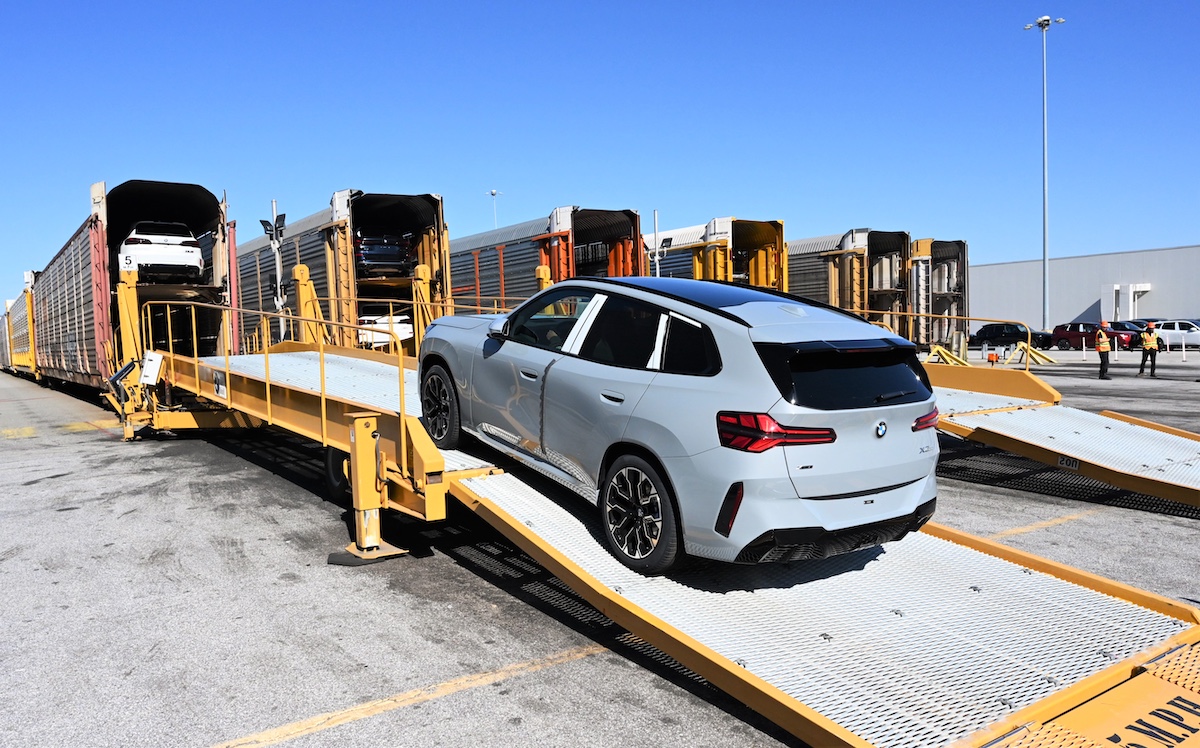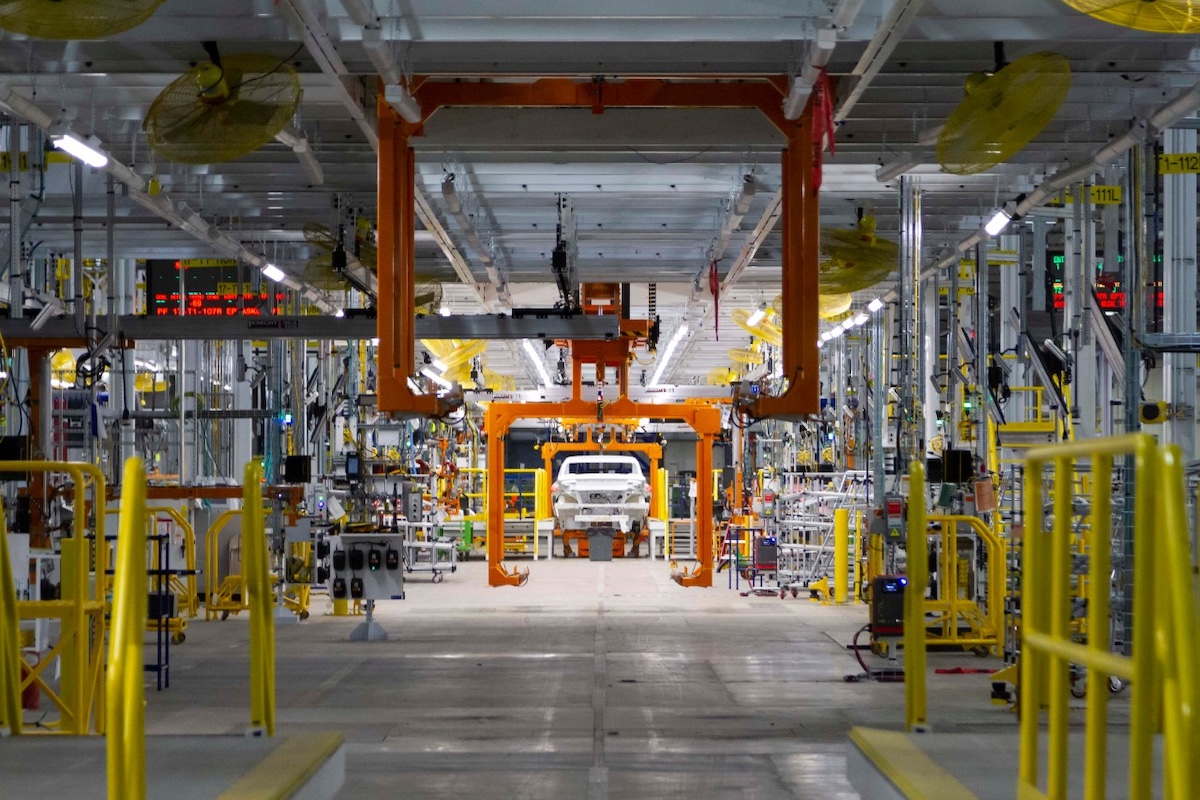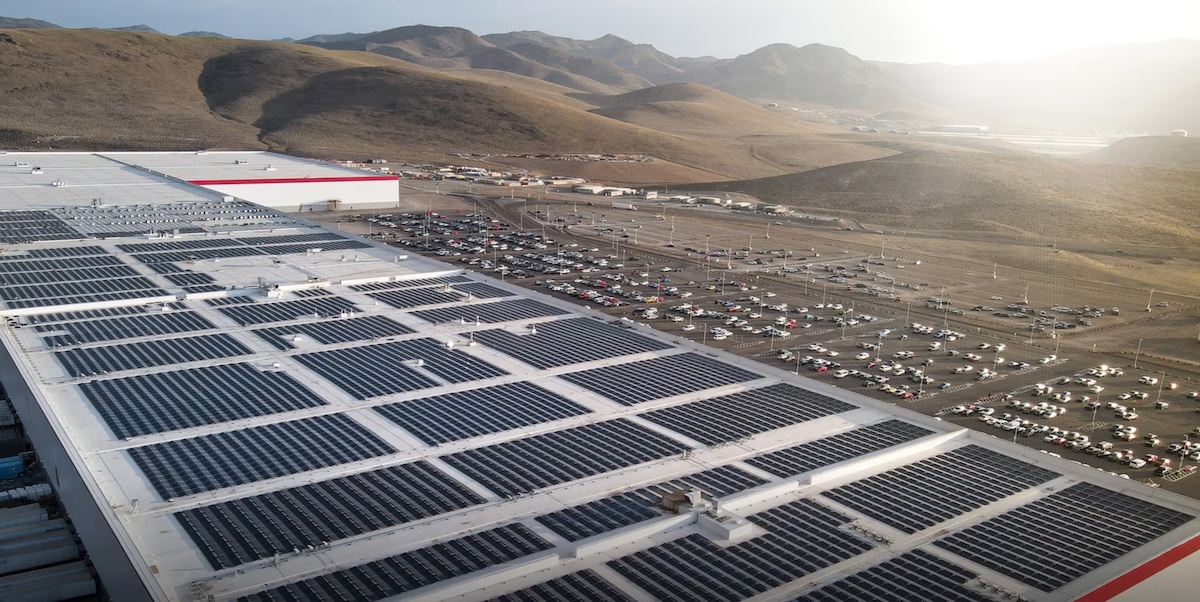The high tariff policy will have a profound impact on the global supply chain, especially for key automobile-exporting countries such as Japan, South Korea, Germany, Canada, and Mexico. According to market research firm GlobalData, nearly half of the vehicles sold in the U.S. last year were imported, meaning the tariff will directly affect consumer purchase costs. In response to this shift, some companies have started adjusting their production strategies. For example, Volvo, Audi, Mercedes-Benz, and Hyundai have announced plans to establish new production lines in the U.S. to mitigate the tariff’s impact. Meanwhile, some brands, like Ferrari, have chosen to directly increase prices, with some models seeing price hikes of up to 10%.

Beyond foreign automakers, the U.S. domestic automotive industry is also feeling the effects of this policy. Since the implementation of the North American Free Trade Agreement (NAFTA) in 1994, the supply chains of the U.S., Canada, and Mexico have become highly integrated. However, the United States-Mexico-Canada Agreement (USMCA), pushed by Trump in 2020, revised the rules of origin, requiring a greater proportion of car components to be sourced from North America. The new 25% tariff further reinforces this trend, potentially causing short-term market disruptions. After the tariff takes effect, North American auto production could drop by 20,000 vehicles per day by mid-April, reducing output by approximately 30%.

While the Trump administration insists that this tariff policy aims to protect and strengthen the U.S. automotive industry, the United Auto Workers (UAW) union has expressed support, believing it will promote domestic manufacturing. However, some car manufacturers remain hesitant, viewing the tariffs as a short-term measure that could impact long-term investment strategies. It is likely that the Trump administration will adjust the tariff policy based on market reactions.

Overall, the 25% tariff policy is expected to create a chain reaction in the global automotive market, affecting everything from manufacturers’ operational strategies to consumer purchasing behavior. As production costs rise, car prices will inevitably increase, and dealerships may face the risk of declining demand. Furthermore, the global automotive industry is currently at a critical turning point in its transition to electric vehicles, and this trade policy will only add to market uncertainty. Moving forward, how will automakers adapt to these changes? How will consumers respond? These questions remain unanswered, and the global automotive market will continue to evolve under the pressure of this tariff policy.
